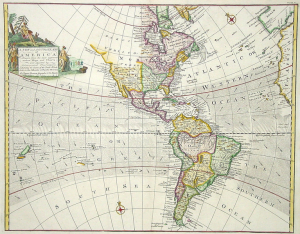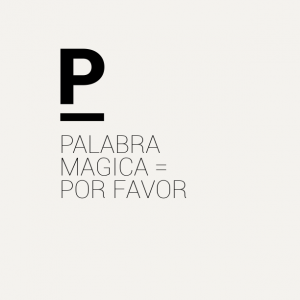There is something fascinating about a river.
A river is perhaps given birth by a small pool of fresh water high in the mountains.
In Costa Rica we have two coastlines, the Pacific and the Caribbean.
The unwavering law of gravity pulls the water in one direction or the other, towards one of our coasts, where the river unites with the sea.
This is a continuous occurrence with no discernible beginning or end.
But the truth is that the river is in a constant state of change. The river you observe in one moment is not the same as that which you observe the following.
It’s just more easily seen with the naked eye in case of ever flowing rivers.
Sometimes I think, childishly, will the river ever just stop flowing? As if there were a giant spigot that could just be closed somewhere up there from whence those waters flow.
In Costa Rica the level of our rivers rises and falls with the seasons. During the green season the power flowing through them is amazing and intimidating. During the summer season, when the rains end, the rivers lose much of their intensity…it is as if their wrath subsides and they become more tranquil and clear.
Better for diving in to beat the heat.
The rivers are alive. They both emit and evoke strong emotions.
To be such a small country, it is amazing that so many rivers call Costa Rica home. We have the mighty ones like the Pacuare and Reventazon, which are natural playgrounds for those who like to experience them up close and personal. We have rivers like Celeste that at times can be as blue as the sky.
There are so many more that I could mention. These rivers give us so much to be thankful for.
They nourish us, physically, emotionally and spiritually. They provide power.
Truly Costa Rica is a land of many rivers. It is one of our greatest resources and one that must be guarded and protected at all costs.
That is so true in Costa Rica, as well as anywhere else in the world.
Costa Rica would not be the same without its rivers and neither would the rest of our planet.




